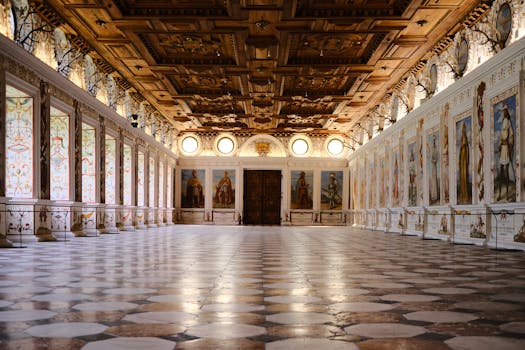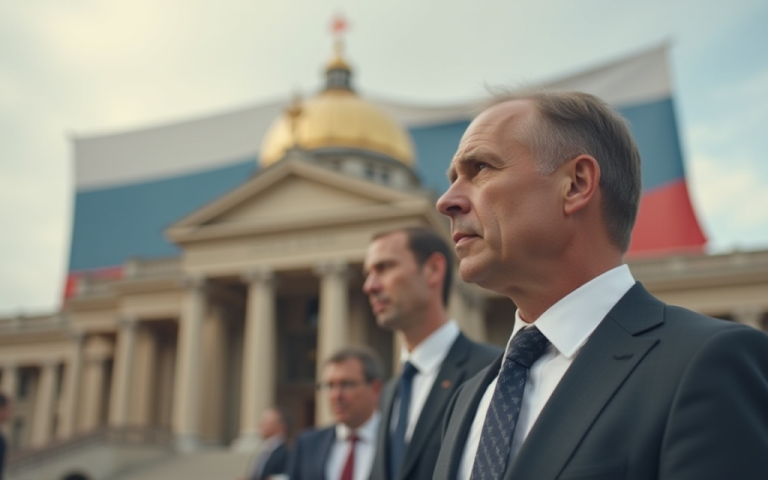
Traveling Through Time: How Europe’s Historical Heritage Shapes Modern Lifestyles in 2025
Traveling Through Time: How Europe’s Historical Heritage Shapes Modern Lifestyles in 2025. Europe, a continent steeped in history and tradition, continues to be a beacon of cultural and architectural excellence in 2025. The region’s rich historical heritage has played a significant role in shaping modern lifestyles, from the way people live and work to the art and entertainment they enjoy. In this article, we will delve into the ways in which Europe’s past continues to influence its present and future.
Preserving the Past, Embracing the Future
Europe’s historical heritage is a treasure trove of cultural and architectural wonders, with landmarks like the Eiffel Tower, the Colosseum, and Big Ben drawing millions of visitors each year. These iconic structures not only represent the continent’s rich history but also serve as a testament to its ability to preserve and protect its cultural legacy. In 2025, many European cities have implemented innovative measures to balance preservation with progress, ensuring that their historical heritage remains an integral part of modern life.
The Impact of Historical Heritage on Modern Lifestyles
The influence of Europe’s historical heritage on modern lifestyles is multifaceted. From the way people live and work to the art and entertainment they enjoy, the continent’s rich cultural legacy continues to shape and inspire. For instance, the traditional European concept of a ‘piazza’ or town square has evolved into modern community spaces, where people can gather, socialize, and enjoy local events. Similarly, the region’s famous art and architecture have inspired a new generation of creatives, who are reinterpreting traditional techniques and styles in innovative and exciting ways.
Embracing Innovation and Progress
In 2025, Europe is at the forefront of innovation and progress, with many cities investing heavily in sustainable technologies, renewable energy, and cutting-edge infrastructure. The continent’s historical heritage has played a significant role in shaping this forward-thinking approach, with many traditional industries and practices being reimagined for the modern era. For example, the traditional European craft of watchmaking has evolved into a thriving industry, with many modern watchmakers incorporating sustainable materials and cutting-edge technologies into their designs.
Conclusion
In conclusion, Europe’s historical heritage continues to play a vital role in shaping modern lifestyles in 2025. From preserving the past to embracing the future, the continent’s rich cultural legacy remains an integral part of its identity and appeal. As we look to the future, it is clear that Europe’s historical heritage will continue to inspire and influence generations to come, ensuring that the region remains a vibrant and dynamic hub of culture, innovation, and progress.





